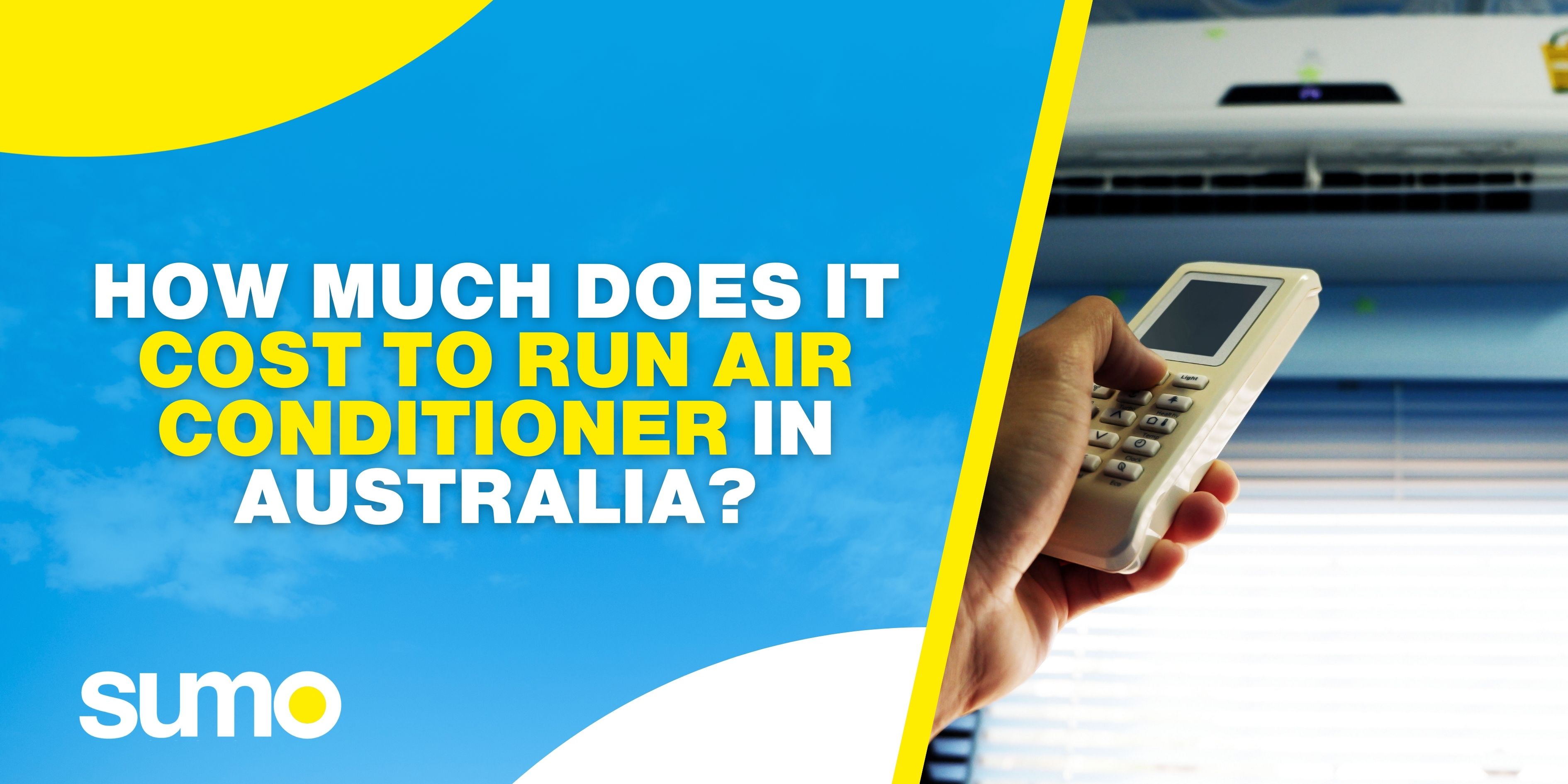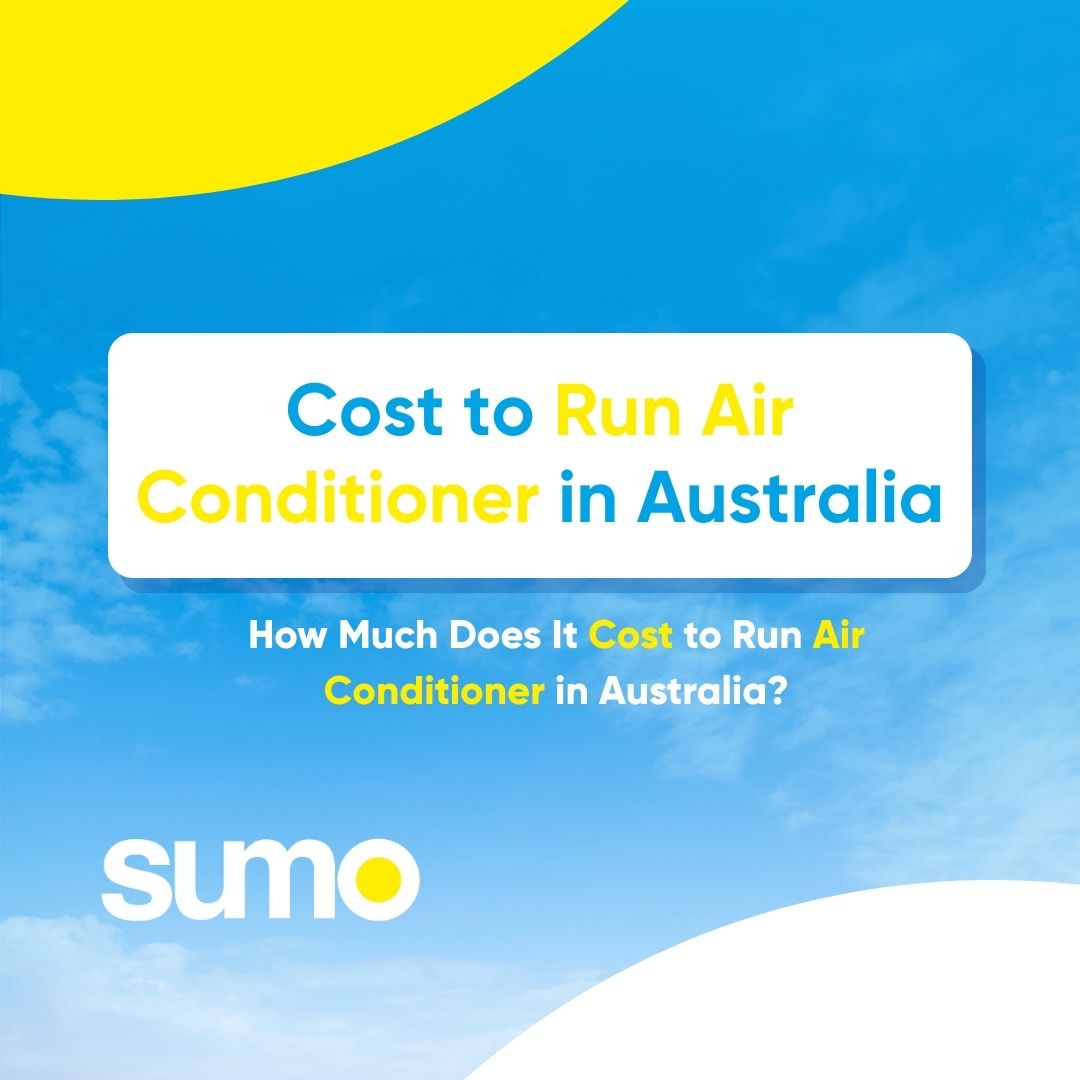Ever looked at your electricity bill in summer and thought, why is it so high? You’re not alone. Keeping cool during those scorching Aussie summers is a must, but the costs can sneak up on you faster than a sudden heatwave.
The good news? Understanding how much your air conditioner really costs to run is easier than you think. With a few simple tips, you can stay comfortable without shocking your wallet. Let’s break it down so you can enjoy your cool oasis without feeling guilty every time you flick the switch.
Here is a summary:
- Air conditioner running costs are calculated using the formula: Input Power (kW) × Electricity Rate ($/kWh) × Hours Used.
- Annual aircon running costs typically range from $50 to $583, depending on the unit size, location, and how you use it.
- A reverse-cycle split system generally delivers the best balance of efficiency, flexibility, and running costs. In contrast, ducted systems are ideal for large homes but come with higher installation and operating expenses.

How Much Does It Really Cost to Run an Air Conditioner?
Understanding your air conditioner’s running cost is easier than you think. With just three key factors, you can calculate precisely how much your cooling (or heating) is costing you.
1. The Basic Formula
Running Cost = Input Power (kW) × Electricity Rate ($/kWh) × Hours Used
Here’s what you need to know:
Input Power (kW) - What is input power for air conditioner?
This is the actual electricity your air conditioner uses, not its cooling capacity. You can find it on the Energy Rating label or in the technical specs. The government also offers a reliable tool to check specs for most air conditioner models: the Energy Rating Air Conditioner Tool. This helps you evaluate whether your current system (or the one you plan to buy) is energy-efficient.
• Examples: 1.5 kW, 2.0 kW, 2.3 kW
Electricity Rate – how to check the correct rate for your suburb?
Knowing your exact rate is crucial. Even a few cents difference per kWh can add up to hundreds of dollars per year. Electricity costs vary depending on the following factors: Suburb, Energy retailer, and Energy plan.
How to find your energy rate? Check your Price Fact Sheet from your retailer or check Sumo's website.
Hours Used
This is simply the number of hours you run the air conditioner per day.
2. How much does it cost to run an air conditioner?
Seasonal running costs can vary significantly depending on the size of your unit and the temperature setting you use. Based on recently study, cooling with a 2.5 kW system at 24°C costs approximately $50*, a 7.1 kW unit costs around $189*, and a much larger 14 kW system can reach roughly $434* over the same summer period (Canstar Blue).
* Your actual cost will still depend on factors such as room size, local climate, insulation, using period, and electricity rate. So, treat these numbers as a general guide only.
But what most people really want to know is: how much does it cost to run my aircon for just 1 hour?
If you use the formula above, it’s easy to work out.
• Input Power: 1.3 kW
• Electricity Rate: $0.32/kWh
• Hours Used: 1 hour
Cost = 1.3 × 0.32 = $0.41
Running your air conditioner for 1 hour costs about 41 cents.
If you run it for 8 hours at night:
• $0.41 × 8 = $3.28/day
• Approximately $98/month
These electricity rates are examples only and do not represent actual suburb-specific rates.
But what most people really want to know is: how much does it cost to run my aircon for just
What type of air conditioner is the most efficient?
Not all air conditioners are created equal. Choosing the right type can save you significant energy and running costs. Here’s a breakdown of the most common AC types, their efficiency, pros, cons, and what they’re best suited for.
Type of Air Conditioner | Efficiency | Pros | Cons | Best For |
Split System | Most efficient | Best energy efficiency- Suitable for bedrooms & living rooms Many models reach 7–8 stars- Flexible: can install in selected rooms and add units later Cheaper to install than ducted AC | External condenser units may be unsightly Internal units have limited airflow; less effective for large rooms or multiple interior walls | Long-term running, smaller houses, single rooms, bedrooms/living areas |
Ducted System | High efficiency for whole-house | Discreet, hidden behind walls/ceilings Services entire house; zoning allows different room settings Maintains even temperature Quieter than split system | Expensive to install Some homes cannot accommodate due to space limitations Cooling a single room costs more unless zoned | Large homes, whole-house cooling/heating with zoning |
Portable Air Conditioner | Least efficient | Easy to move Suitable for renters or temporary use | Low energy efficiency Only cools one area at a time | Renting or temporary setups |
Window Air Conditioner | Moderate efficiency | Simple installation Moderate cost | Less energy saving than split systems Usually only cools a single room | Rooms without ducting or split system options |
For most households, a reverse-cycle split system provides the optimal balance of energy efficiency, flexibility, and operating costs. Ducted systems are suitable for large homes but are expensive to install, while portable and window units are less efficient and best suited for temporary or single-room use. In addition, always check the Energy Rating label before buying, even within the same brand; efficiency can vary significantly between models.
How can I reduce my air conditioner power consumption?
• Keep your temperature between 25–27°C: Every 1°C lower can increase energy use by 5–10% (energy.gov.au).
• Clean your air filters every 1–2 months: Dirty filters make the unit work harder. It leads to higher power consumption.
• Use ECO or AUTO mode: These modes help the system adjust power output automatically.
• Close doors & seal gaps: Prevents cool or warm air from escaping.
• Install the unit in the correct position:
• Avoid direct sunlight on the outdoor unit
• Ensure proper airflow around the compressor
• Choose a high Energy Rating model: A 4–5-star system can save 30–50% more electricity compared to a 1–2 star model.
In short, keeping cool in an Aussie summer doesn’t have to come with bill shock. Once you understand how air conditioning running costs are calculated, it becomes much easier to stay comfortable without overspending. Choosing the right system, keeping it well-maintained, and setting it wisely can make a big difference to both your comfort and your wallet.
Ultimately, the most significant factor remains your electricity rate. Even the most efficient air conditioner can feel expensive if you’re on the wrong plan.
Pop your postcode below now to see the best electricity rates in your area and start saving on your aircon bills today!

No Comments Yet